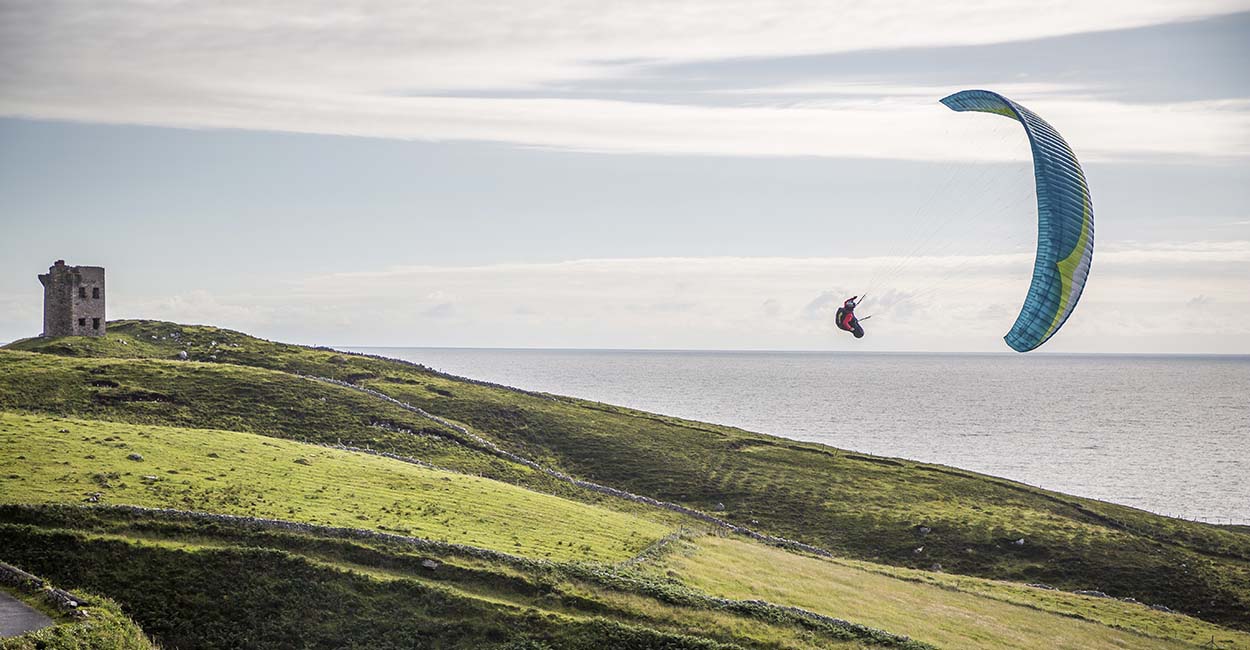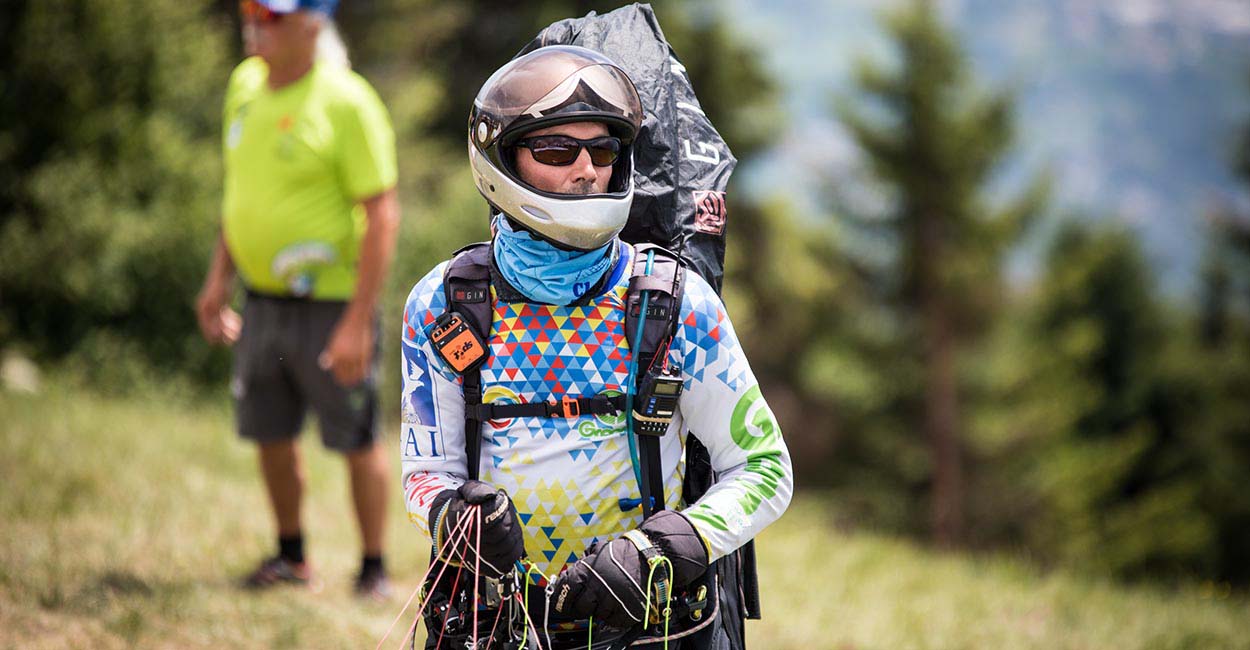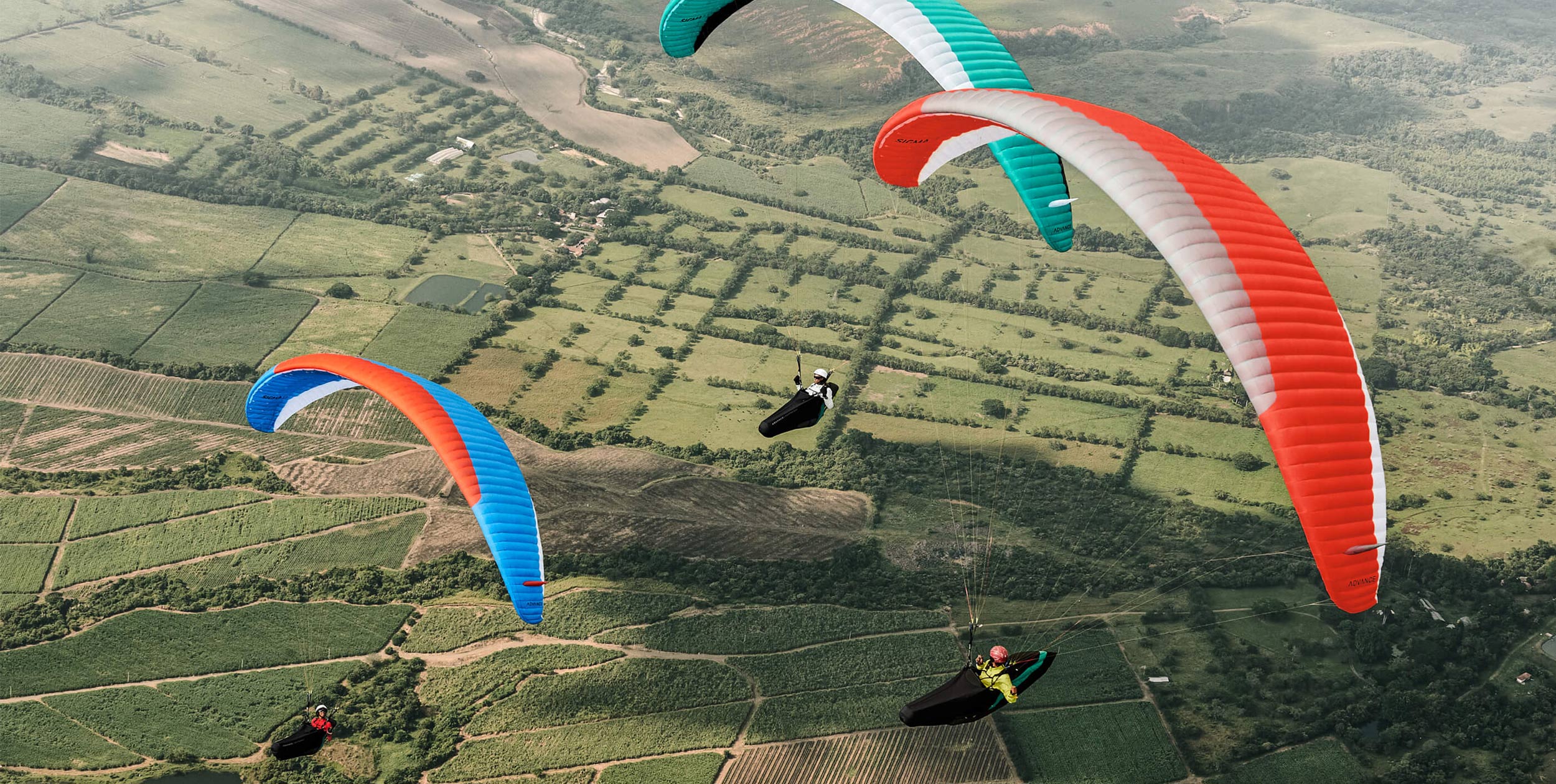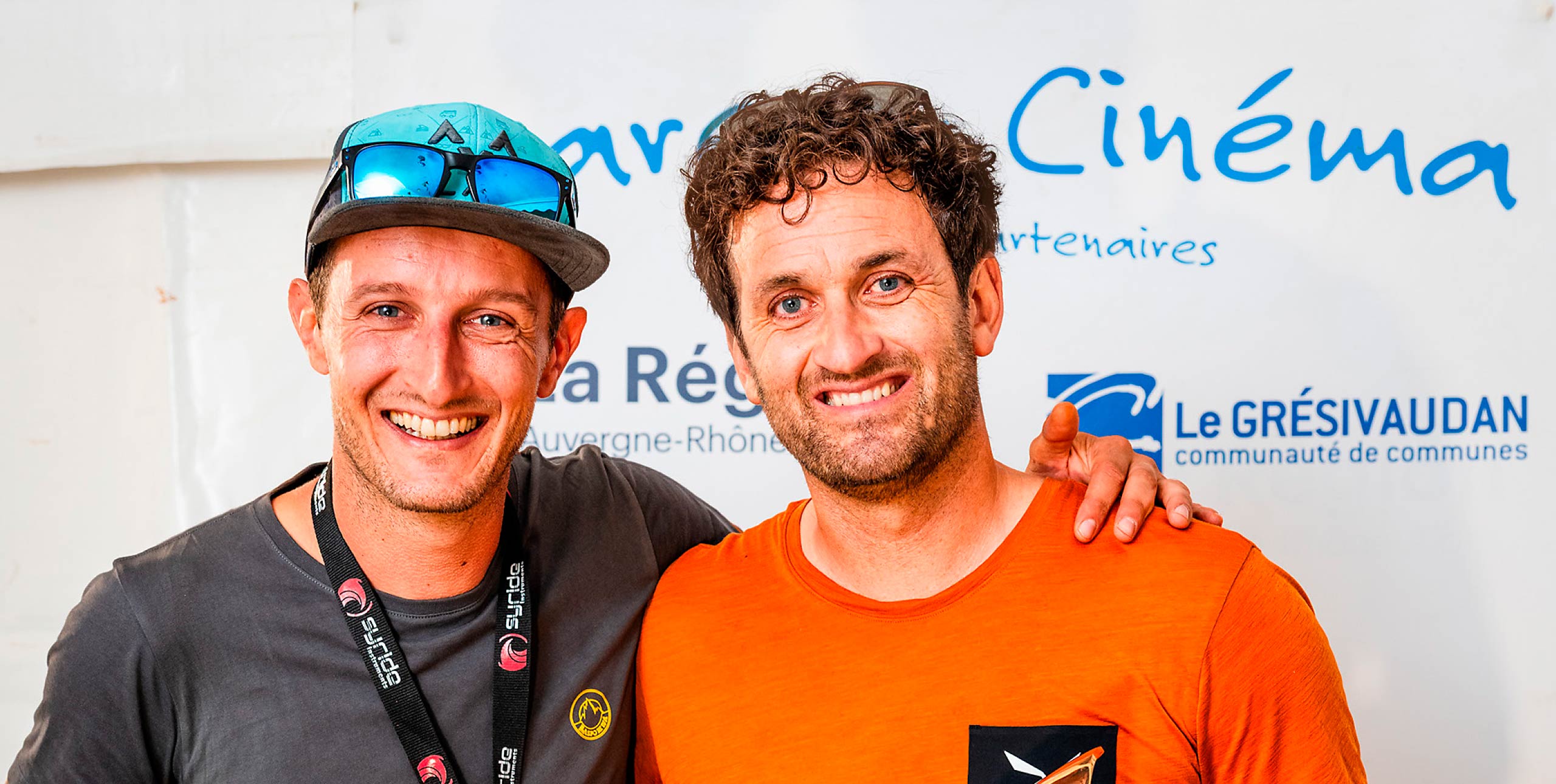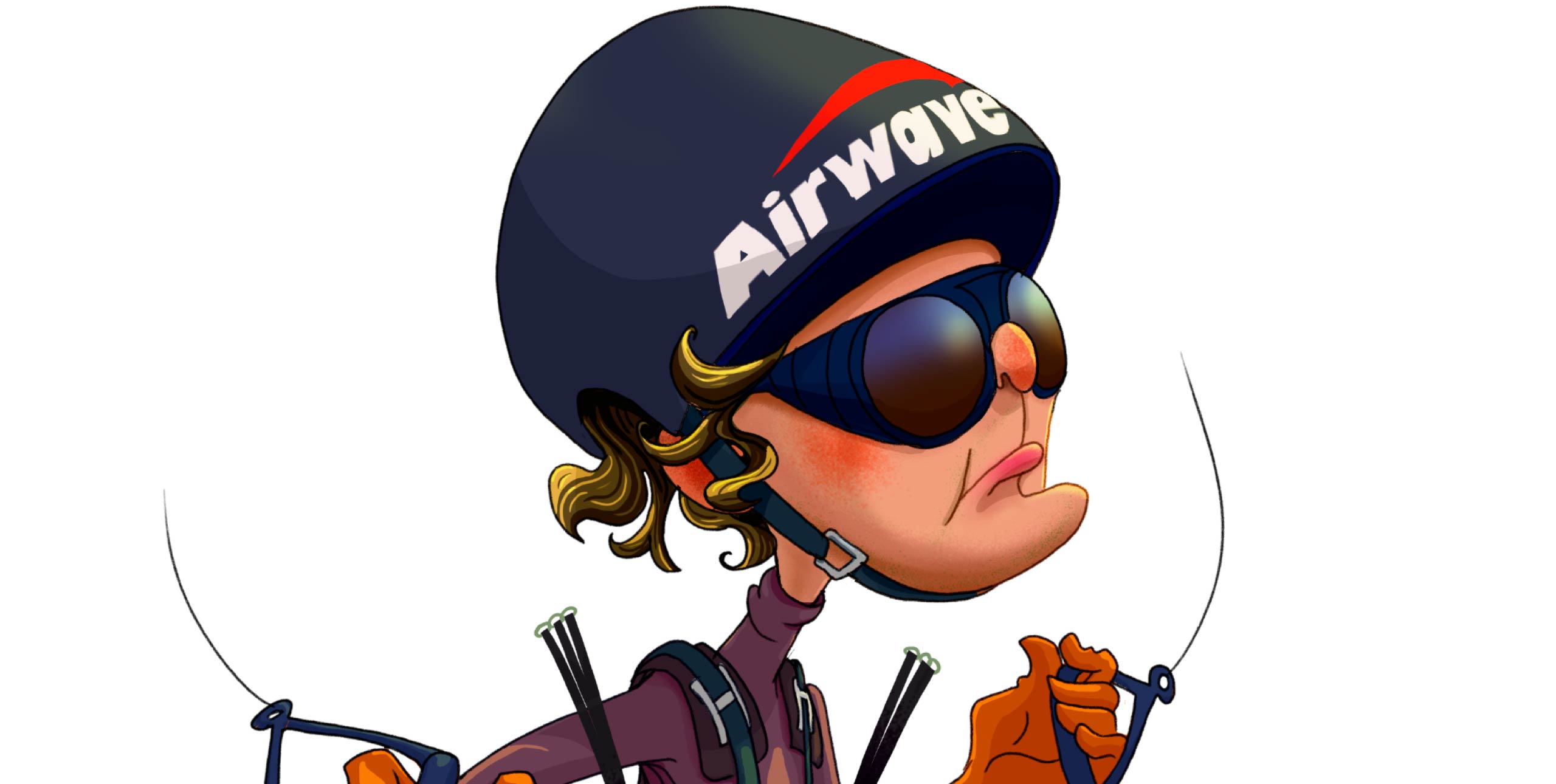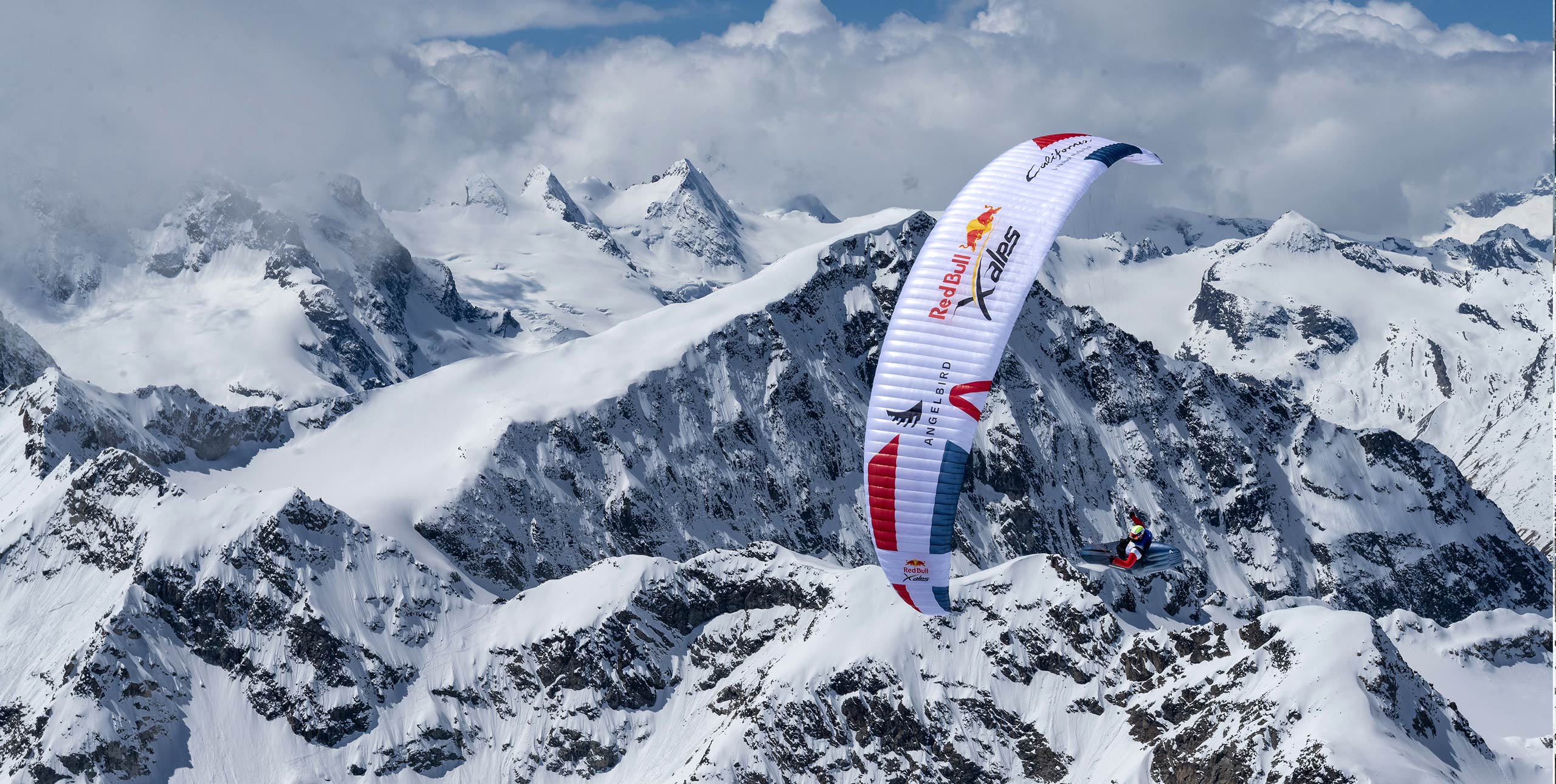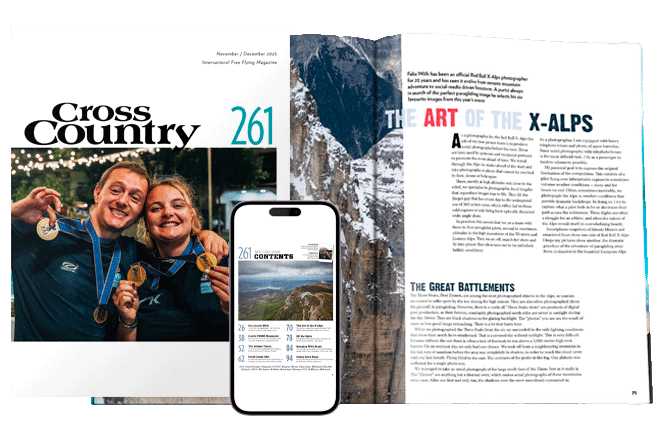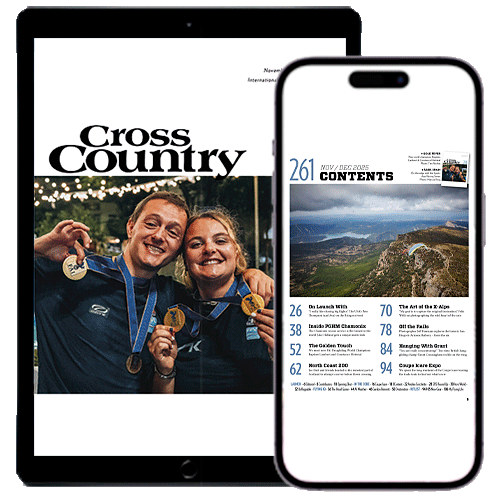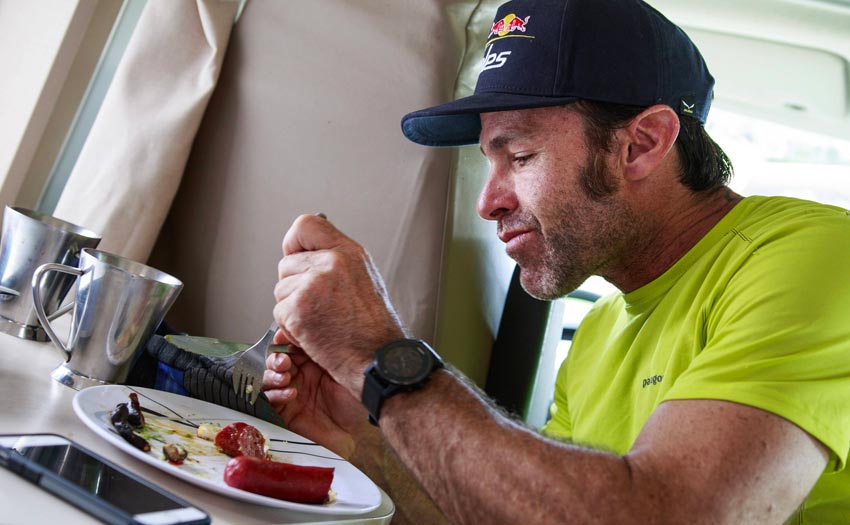
In several of my past columns I’ve discussed the mindset and training required to set us up for success and making big multi-hour flights. But going far is more than just the desire and having the necessary skills.
How many times has everything lined up for a perfect day and yet you’ve found yourself on the deck at 2pm looking at a perfect sky, wondering what in the hell went wrong?
Was that bad decision that put you on the ground just simply making the wrong move; or not topping out on the last climb; or missing an obvious sign; or was it something possibly a little less obvious? A few years ago my friends Matt Beechinor and Nate Scales hiked up a 400m peak in Sun Valley, Idaho to get an early start on what looked to be a pretty good day. In no time they had flown up and over trail creek pass, getting up to 13,000 feet (4,000m) – high, but nowhere near the altitudes we can expect on a good day in the Intermountain West.
The day was looking stellar. Matt, feeling fine called Nate on the radio to ask what he was thinking. Nate replied that Matt sounded like a complete idiot and was unintelligible. Confused but feeling fine, Matt tried to make the call again. Again Nate said Matt was speaking gibberish. Then Matt noticed he was beginning to lose the feeling in his hands and feet. His vision started to close in on him. His curried brain figured it out – hypoxia! How could he be hypoxic at this altitude? He regularly flew much, much higher than this with no problem! Time to get on the ground, something was wrong.
Then things got much worse, he lost all the feeling in both arms and in order to pilot his glider he had to stick his arms through his toggles as his hands wouldn’t work at all and he finally landed with his arms in a Jesus Christ pose. Matt’s flight ended without incident, but it ended early. What led to the physiological problems on this relatively low flight that we can learn from even if we remove the altitude and hypoxia from the equation?
Hydration
Back in the old days before condom catheters (boys) and diapers (girls) the method most pilots used was to mildly dehydrate the night before a planned flight and no intake of fluids the day of so we wouldn’t have to pee.
Thankfully those days are long behind us, but hydration is still a major cause for making mistakes. Many pilots still struggle with their pee tubes – they get blown off, they get twisted up in the speed system, we get high and cold and we overestimate our condom size… and suddenly no pee tube.
Without going into the full science of dehydration, let’s just remember that it is REALLY, REALLY bad. Our brains can’t work well if we are dehydrated and we start missing all those little clues we need to stay in the air. Plus it’s dangerous! Before a planned day of flying make sure you get fully hydrated, ie there is no yellow in your urine. Have plenty of water on board, and take a good sip at the top of every thermal. Use that pee tube or diaper. Get your system dialled. On a long flight, you should be peeing regularly.
Sleep
The night before Matt’s flight he had a couple beers and some friends came over so he got to bed a little late. Nothing extreme, but instead of 8-9 hours of good sleep he got 5-6 of not-so-great sleep. Not getting enough sleep, or sleeping poorly is like removing a good chunk of your IQ.
Think of how you feel when you are severely jet-lagged and now try to imagine flying a paraglider. Nothing wakes us up quicker than leaving the ground and turning circles, but this ‘jolt’ is short-lived. Treat flying with the respect that it requires.
The night before a big day take your sleep seriously and possibly try some or all of the following: no caffeine after 2pm, take it easy on the alcohol, no digital screens after 6pm, make it dark, make it quiet, get hydrated, find a nice herbal sleep tea… and try to get at least eight hours.
Nutrition
Flying burns some serious brain juice. But often when we are flying we are spending a lot of time in cars or away from our homes and grab whatever is cheap and easy on the road. This is a major mistake. You have to think of flying as a serious endurance event and fuel appropriately.
Even though we aren’t sweating and burning calories like you do in the gym, when you’re in the air your burn rate is seriously high. Your brain needs fuel! The night before a big day eat a healthy, high protein, high fat meal before 6pm if possible (anything later will impact your sleep).
Then eat a monster breakfast, again something high in protein and fat, then make sure you’ve got some easy-edibles for in the air, and these should be in the carb arena. EAT EVERY HOUR. I like protein bars, maybe a gel or two, a big handful of nuts, whatever you can manage – but get in the habit of doing it.
This takes practice, but remember even if you feel fine and don’t feel like you need food and taking your hands off the toggles to eat seems too sketchy, I promise if you don’t do it, you’ll find yourself on the ground. Going big begins long before we head up the hill and inflate our gliders. I promise, if you start paying attention to these often overlooked areas of flying you’ll see your kilometres and hours take a huge jump!


